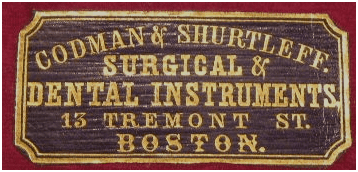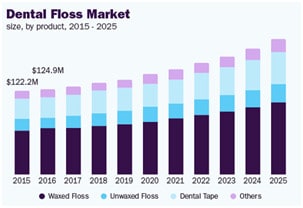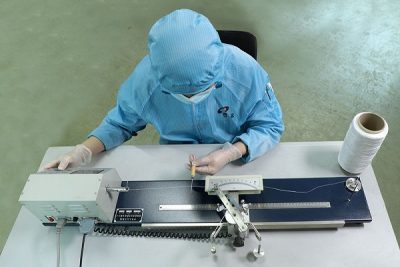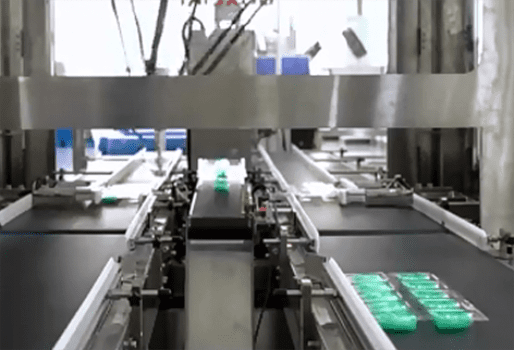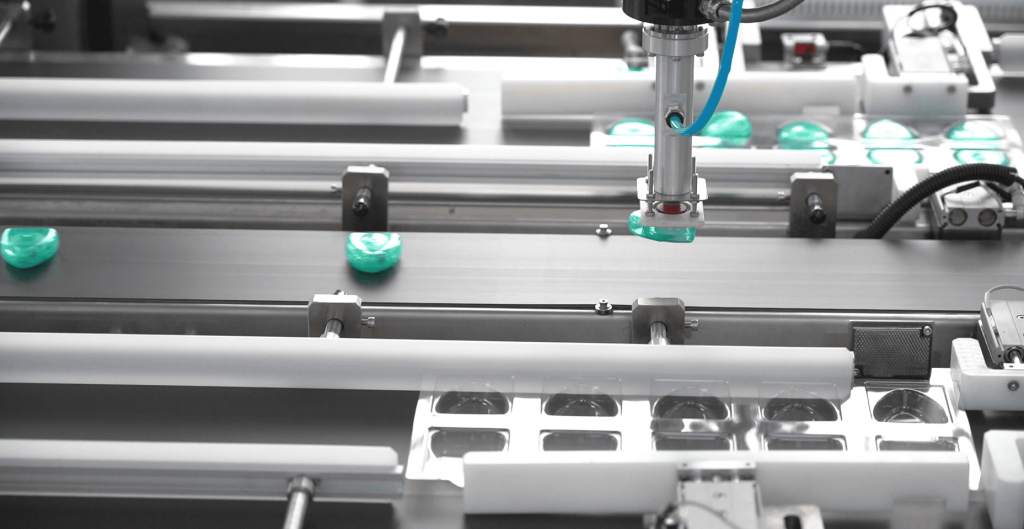
Dental Floss History
In 1815, a dentist proposed his patients to use a silk thread to clean up between their tooth – provide us the first product of dental floss.
- In 1882, Codman and Shurtleft started producing the first business dental floss from unwaxed silk.In the 1940s, due to the soaring costs of World War II, nylon material materials substituted silk as the product preferred by dental floss in the United States.
- In the 1940s, due to the soaring costs of World War II, nylon material materials substituted silk as the product preferred by dental floss in the United States.
- James B. Kirby, also known as the inventor of your own Kirby vacuum, put together initial floss pick in 1963. The floss opt for can be a Y-shaped angled mouth useful resource that raises as being a toothpick and dental floss.
- In 1994, an inmate could evade from prison by weaving dental floss in to a rope as heavy similar to a mobile phone power cord.
- Nowadays, dental floss is frequently made out of a variety of rubberized and plastic-variety materials coated with wax and flavor.
Dental Floss Market Trends
Dental floss is actually a lean filament employed to eliminate tart between teeth and gums. In 1994, People in USA used over 2.5 million a long way of dental floss, the same in principle as circling the earth more than 100 times.
Dentists advise teeth flossing as a part of daily routine for those as this leads to far better oral hygiene and maintains the germs at bay. Apart from, accessibility to a broad-varying flossing supplies for all age ranges is predicted to drive the growth for marketplace in the forecast time period. The accessibility of flavored dental floss and consciousness for dental treatments is leading to the marketplace improvements for dental floss in the future. One more key trend available in the market is the increase in revenue via e-commerce channels.
Dental Floss Material
Floss thickness unit
Floss is also measured by “Denier.” Denier is defined as the weight of 9,000 meters of uncoated floss in grams.
Dental Floss Types
From the coating wax view: There are waxed and unwaxed dental floss From the outexperience view: there are dental floss and dental tape. From the flavor view: including mint, strawberry, green tea, lemon, orange, cinnamon, grape, eucalyptus, sage, juniper, etc..
Dental Floss Production Process
Twisting
To make floss from nylon, nylon sea salt is polymerized and also the producing polymer flows out as being a ribbon. Next, it really is minimize into small french fries, flakes, or pellets. These are typically blended, remelted, and pumped through spinnerets to create filaments. When the nylon cools down, the filaments solidify and regather to create a yarn. The comes to an end from the filaments are merged to create one strand of floss. Properly twisting the nylon material is the key step of this process the turns regular between 2.5 and 3.5 per inch. Twisting provides durability for the floss and also greatly reducing fraying or breaking.
To produce Teflon dental tape, a polymer of polytetrafluoroethylene (PTFE) is formulated. Following, the polymer is dissolved in to a mixture and extended right into a long, lean strand. The polymer will then be broadened into a number of instructions. The PTFE is lower, developing distinct deniers. Once the PTFE is packaged, its tensile energy is substantial. Unlike multi-filament nylon flosses, PTFE is really a monofilament, which will not shred or split very easily. As a result, twisting is not required for this particular procedure. The costs of stretching during the production procedure give this floss its added strength.
Coating
The raw floss or tape is not smoothy or glide and without any flavor. We will coat the wax or flavor on the surface of the floss or tape through the coating equipment. The coating takes place in emulsion baths, where the floss is pulled through waxes, flavors, and other desired coatings at a consistent velocity, which is the core process of producing dental floss.
Bobbin winding
After coating handle, the floss is could be used normally acturally. But it is a big roll/bobbin. We need to seperat the floss from the big bobbin into different length yarn. Normaly 10 meters/30 meters or 50 meters, even 100 meters according to the dispenser volume.
Case molding
When winding different length floss yarn, it should be put into the case. Normally it is made from plastic with various shape. Just made from the injection mechine with molding.
Assembly
After container coming, we should put the dental floss yarn into it. Before do this work, the dispener should be installed a cutter to cut the floss when using. Actually this part can be done through a automatic machine. Finally is putting the floss into the container and close the cover. Then is ready for the label or printing on it.
Decoration
There are three basic methods of decoration: pad printing, labeling, and thermal transfer. Pad printing is the most popular form of decoration. It is mainly dispadvantage is the color is can be match exacltly with consumer’s request. Labeling is a great choice to improve the color issue. Thermal transfer is a very high cost way to print. But the advantage is imagin vivid and excellent.
Packaging
Blister card pack is the most popular way in the market. With the improvent of environmental awareness, more and more consumer prefer the paper card package, which decrease the plastic using and protect the envionment of the planet.

